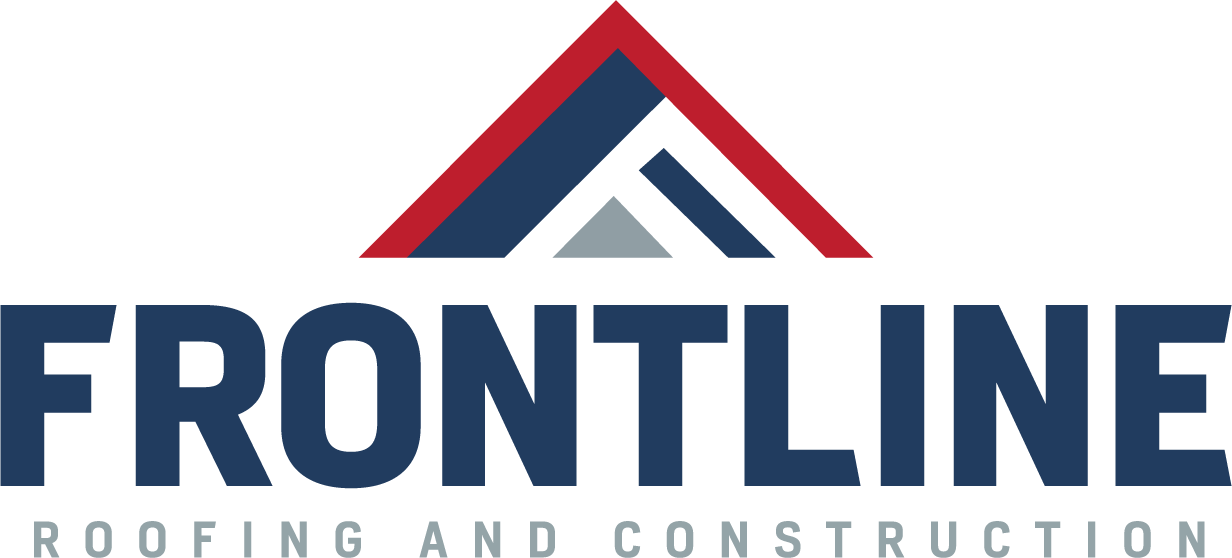Navigating Roof Repairs After a Storm: Essential Tips
Table of Contents
Introduction
Immediate Actions After Storm Damage
Safety First
Assessing the Damage
Do's of Handling Roofing Storm Damage
Contact a Professional
Document the Damage
Understand Your Insurance Policy
Don'ts of Handling Roofing Storm Damage
Avoid Delaying Repairs
Don't Attempt DIY Fixes
Beware of Storm Chasers
Working With Insurance
Conclusion
Introduction
Storms can wreak havoc on your roof, leading to serious damage. Knowing how to respond quickly and effectively is key to protecting your home and family.
Immediate Actions After Storm Damage
Safety First
Prioritize safety by avoiding walking on a damaged roof. Inspect from the ground or through windows.
Assessing the Damage
Look for visible signs of damage such as missing shingles, leaks, or debris.
Do's of Handling Roofing Storm Damage
Contact a Professional
Engage a reputable roofing contractor to assess and repair the damage. They have the expertise to handle complex issues safely.
Document the Damage
Take photos or videos of the damage for insurance purposes. Document both exterior and interior signs of damage.
Understand Your Insurance Policy
Review your policy to understand what is covered and the process for filing a claim.
Don'ts of Handling Roofing Storm Damage
Avoid Delaying Repairs
Prompt repairs prevent further damage and costly fixes in the future.
Don't Attempt DIY Fixes
Roof repairs require professional skills and equipment. DIY attempts can lead to injury or further damage.
Beware of Storm Chasers
Avoid contractors who appear immediately after a storm and offer quick fixes. They may lack proper credentials and provide subpar work.
Working With Insurance
Coordinate with your insurance company and roofing contractor to ensure a smooth claim process.
Conclusion
Dealing with roofing storm damage requires a measured, informed approach. By following these guidelines, you can navigate post-storm repairs effectively and safely.
